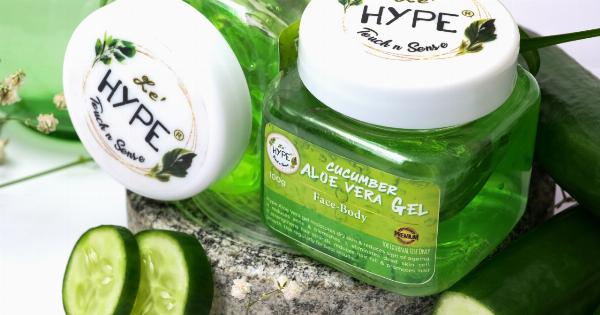Having a bath sponge can be a great addition to your shower routine. Not only does it help to cleanse your body effectively, but it also provides a gentle exfoliation that leaves your skin feeling fresh and revitalized.
However, like any other hygiene product, bath sponges have a lifespan and need to be replaced regularly. In this article, we will discuss the signs that indicate it is time to replace your bath sponge.
1. Smell
One of the most obvious signs that your bath sponge needs to be replaced is a foul odor. Over time, bacteria and mold can accumulate in the sponge, leading to an unpleasant smell.
Even with regular rinsing, these microorganisms can multiply and cause the sponge to emit a musty odor. If you notice a lingering smell even after cleaning the sponge thoroughly, it’s time to toss it out.
2. Appearance
Another clear indicator is the physical condition of the bath sponge. As you use it daily, the sponge can start to deteriorate and show signs of wear and tear. Look for any visible signs of damage, such as frayed edges, holes, or disintegration.
If the sponge starts to fall apart or lose its shape, it’s no longer effective and needs to be replaced.
3. Discoloration
While using your bath sponge, pay attention to any changes in color. Over time, the sponge may become discolored or develop dark spots. This discoloration can be a result of the accumulation of bacteria, dead skin cells, or dirt within the sponge.
If you notice significant discoloration that cannot be removed even after cleaning, it’s a clear indication that it needs to be replaced.
4. Rough Texture
A bath sponge is meant to provide a soft and soothing experience. However, as the sponge gets older, it may start to become rough and lose its softness.
If you notice that the sponge feels scratchy or abrasive against your skin, it has likely worn out and needs to be replaced. Continuing to use a rough sponge can lead to skin irritation or even scratches.
5. Allergic Reactions
In some cases, using an old bath sponge can trigger allergic reactions or skin irritations. Over time, the accumulation of bacteria, fungi, and allergens may increase, causing sensitivities in individuals with allergies or sensitive skin.
If you start experiencing redness, itching, or rashes after using the sponge, it’s a sign that it’s time to invest in a new one.
6. Extended Use
It’s important to remember that bath sponges are not meant to last forever. While there is no specific timeframe for how long a bath sponge can be used, experts recommend replacing it every four to six weeks.
However, if you notice any of the above-mentioned signs before that timeframe, it’s essential to replace it immediately.
7. Hygiene Concerns
When it comes to personal hygiene, it’s crucial to be mindful of maintaining a clean routine. Bath sponges can act as breeding grounds for bacteria if not cared for properly.
Even with regular rinsing, bacteria can grow and multiply within the sponge due to its porous nature. If you are concerned about hygiene or have any doubts about the cleanliness of your bath sponge, it’s best to err on the side of caution and replace it.
8. Change in Sensation
If you notice a significant change in the sensation provided by your bath sponge, it’s likely time for a replacement. The sponge may lose its ability to lather up properly, leading to inadequate cleansing.
Additionally, as the sponge gets older, it may become less effective at exfoliating and rejuvenating your skin. If you no longer experience the desired effects, it’s a clear indication that it’s time to swap out your old sponge for a new one.
9. Sharing Sponges
It’s common for family members, roommates, or partners to share bath sponges. While this may seem convenient, it can pose hygiene risks.
Sharing sponges can lead to the transfer of bacteria, dirt, and dead skin cells, increasing the chances of infections or irritations. If you share your bath sponge with others, it’s essential to replace it more frequently to maintain hygiene and prevent potential health issues.
10. Consider Your Skincare Routine
Lastly, it’s essential to consider your skincare routine and product usage when determining when to replace your bath sponge.
If you regularly use skincare products that contain oils or heavy lotions, these can accumulate in the sponge and potentially lead to bacteria growth. In such cases, it’s advisable to replace your sponge more frequently to ensure optimal hygiene.
Conclusion
To ensure a hygienic and effective bathing experience, replacing your bath sponge at the right time is crucial.
By paying attention to signs such as smell, appearance, discoloration, rough texture, allergic reactions, extended use, hygiene concerns, changes in sensation, sharing sponges, and considering your skincare routine, you can determine when it’s time to replace your bath sponge. Remember, regular replacement of your bath sponge promotes better hygiene and helps maintain healthy and glowing skin.





























